Home>Articles>How Much You Save By Switching To Solar And Wind Power
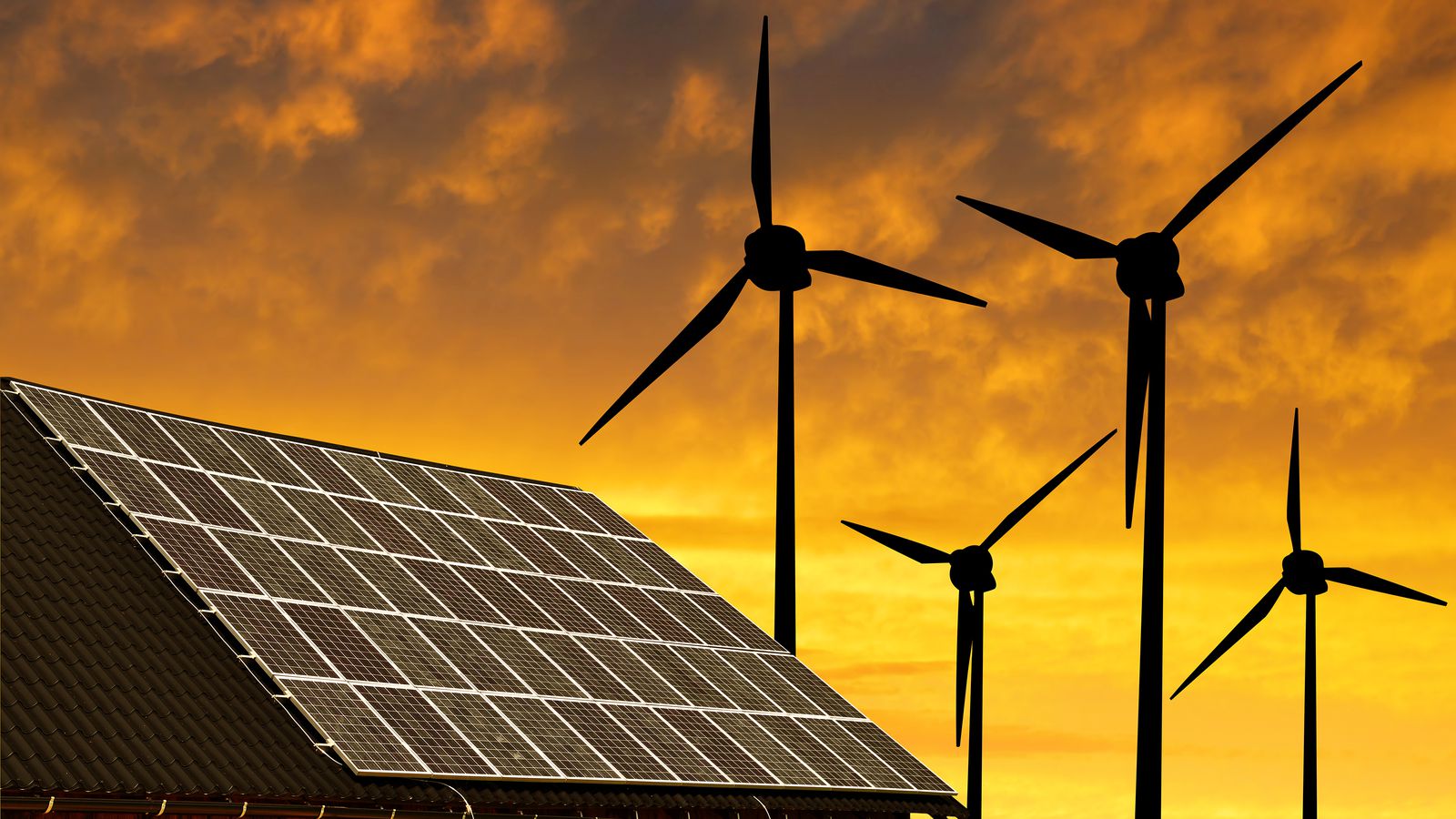

Articles
How Much You Save By Switching To Solar And Wind Power
Modified: January 6, 2024
Discover the incredible savings you can achieve by transitioning to renewable energy sources such as solar and wind power. Read our informative articles to learn more.
(Many of the links in this article redirect to a specific reviewed product. Your purchase of these products through affiliate links helps to generate commission for Storables.com, at no extra cost. Learn more)
Introduction
As the world becomes increasingly aware of the environmental impact of traditional energy sources, many individuals and businesses are seeking alternative solutions to power their homes and operations. Two popular options that have gained significant attention are solar power and wind power. Not only are these renewable energy sources abundant and sustainable, but they also offer numerous benefits in terms of cost savings and environmental conservation.
Switching to solar power and wind power not only reduces our dependence on fossil fuels but also helps mitigate climate change by reducing greenhouse gas emissions. Additionally, these renewable energy sources provide an opportunity for individuals and businesses to take control of their energy needs while reducing utility bills and contributing to a cleaner and greener future.
This comprehensive article aims to explore the benefits of switching to both solar power and wind power, as well as the factors to consider when making the switch. We will delve into the cost analysis, return on investment, and government incentives available for these alternative energy sources. Furthermore, we will discuss the environmental impact of solar power and wind power, emphasizing the positive contributions they can make towards creating a more sustainable world.
Whether you are an environmentally conscious homeowner or an entrepreneur looking to integrate renewable energy solutions into your business operations, this article will provide valuable insights and guidance for harnessing the power of the sun and wind. By the end, you will have a better understanding of how solar power and wind power can be viable energy options that not only save you money but also help protect our planet.
Key Takeaways:
- Embrace solar and wind power to save money, gain energy independence, and contribute to a cleaner future. Evaluate location, costs, and incentives for a successful transition to renewable energy.
- Governments offer incentives for solar and wind power adoption. These renewable energy sources reduce greenhouse gas emissions, air pollution, and water consumption, leading to a more sustainable and resilient energy future.
Read more: How Much Wind Can An Awning Withstand
Understanding Solar Power
Solar power is the conversion of sunlight into electricity using photovoltaic (PV) panels or solar thermal systems. The sun’s energy is harnessed through the use of solar panels, which are made up of individual solar cells. These cells contain semiconductor materials, such as silicon, that absorb photons from sunlight and generate an electric current.
One of the key advantages of solar power is its availability. The sun provides an abundant and free source of energy, making it a reliable and sustainable option. Solar power systems can be installed on rooftops, open fields, or even integrated into the facades of buildings, allowing for flexible and efficient use of space.
Furthermore, solar power technologies have advanced significantly in recent years, resulting in increased efficiency and affordability. With advancements in the production of solar panels, the cost of installing a solar power system has decreased, making it more accessible to homeowners and businesses.
When considering solar power as an energy source, it is crucial to understand the two primary types of solar systems: grid-tied and off-grid systems.
A grid-tied solar system is connected to the local utility grid and allows excess electricity generated by the solar panels to be fed back into the grid. This not only offsets your energy consumption but also allows you to earn credits or receive payment for the surplus energy produced through net metering or feed-in tariffs.
An off-grid solar system, on the other hand, operates independently of the utility grid. It consists of a battery backup system that stores excess electricity generated during the day to power your home or facility during the night or during periods of low solar generation. Off-grid systems are particularly useful in remote areas without access to the utility grid or for those seeking complete energy independence.
In addition to generating electricity for immediate consumption, solar power systems can also be used for heating water through solar thermal collectors. Solar water heaters are an energy-efficient alternative to traditional water heaters, allowing for significant savings in energy costs.
Overall, understanding solar power entails recognizing its ability to harness sunlight and convert it into electricity through photovoltaic cells or heat through solar thermal systems. With its abundance, affordability, and flexibility, solar power is a viable and sustainable energy option that can help individuals and businesses reduce their carbon footprint while saving money on utility bills.
Understanding Wind Power
Wind power is the conversion of wind energy into electricity using wind turbines. Wind turbines consist of large blades mounted on a tower that spin when the wind blows. The spinning motion generates mechanical energy, which is then converted into electricity through a generator.
Wind power has been used for centuries, initially for pumping water and grinding grain. However, advancements in technology have made wind turbines much more efficient, allowing them to generate significant amounts of electricity. Wind power is a clean, renewable, and abundant energy source that can be harnessed both onshore and offshore.
When it comes to wind power, the location plays a crucial role in determining its effectiveness. Areas with consistent and strong winds, such as coastal regions or open plains, are ideal for wind power generation. Wind turbines are strategically placed in these locations to maximize energy production.
There are two primary types of wind turbines: horizontal-axis wind turbines (HAWTs) and vertical-axis wind turbines (VAWTs). HAWTs are the most common type and are characterized by their propeller-like blades that rotate around a horizontal axis. VAWTs, on the other hand, have blades that rotate around a vertical axis and can capture wind from any direction.
Wind power systems can be connected to the utility grid, similar to solar power systems, or they can operate in standalone mode with battery storage. Grid-connected wind turbines enable the excess electricity generated to be fed back into the grid, offsetting energy consumption and potentially allowing for financial incentives through feed-in tariffs.
One of the advantages of wind power is its scalability. Wind farms can range from small installations for residential or industrial use to large-scale projects that generate electricity for entire communities. The size and number of wind turbines in a wind farm depend on the energy demands and the available wind resources in the area.
It is worth noting that wind power is intermittent in nature, as it relies on the availability of wind. However, advancements in turbine technology and the integration of energy storage systems have improved the reliability and stability of wind power generation. By utilizing battery storage or other forms of energy storage, surplus energy can be stored and used during periods of low wind speeds.
Wind power is a sustainable energy solution that not only reduces greenhouse gas emissions but also has the potential to create jobs and stimulate economic growth. By harnessing the power of the wind, individuals, communities, and businesses can take advantage of a clean and abundant energy source, contributing to a more sustainable future.
Benefits of Switching to Solar Power
Switching to solar power offers numerous benefits for both individuals and businesses. Here are some of the key advantages:
- Cost Savings: One of the primary benefits of solar power is the potential for significant cost savings. Solar panels generate electricity from the sun’s energy, reducing the need to rely on traditional utility companies. As a result, homeowners and businesses can significantly lower their electricity bills, leading to long-term savings. Additionally, with the availability of net metering or feed-in tariffs, excess electricity generated by solar panels can be sold back to the utility grid, further offsetting costs or even generating income.
- Energy Independence: By harnessing solar power, individuals and businesses can gain energy independence. Instead of relying solely on utility companies for electricity, solar power systems enable homeowners and businesses to generate their own electricity. This independence provides a sense of security, especially during power outages or in remote areas with limited access to the grid.
- Environmental Benefits: Solar power is a clean and renewable energy source that produces electricity without emitting harmful greenhouse gases. By switching to solar power, individuals and businesses can significantly reduce their carbon footprint and help combat climate change. Utilizing solar energy also reduces the demand for fossil fuels, contributing to improved air quality and a healthier environment.
- Increased Property Value: Installing solar panels on a property can increase its value. Studies have shown that homes equipped with solar power systems sell faster and at higher prices compared to homes without solar installations. This increase in property value not only benefits homeowners but also makes solar power a worthwhile investment.
- Longevity and Durability: Solar panels are designed to withstand various weather conditions and have a long lifespan of 25 to 30 years or more. Once installed, they require minimal maintenance, making them a reliable and low-maintenance energy solution.
- Supporting Local Economy: The growth of the solar power industry creates job opportunities and stimulates economic growth at both the local and national levels. By investing in solar power, individuals and businesses contribute to the development of a green economy and the creation of sustainable employment.
Switching to solar power not only benefits individuals and businesses financially but also promotes a cleaner and more sustainable future. By taking advantage of the sun’s abundant energy, we can reduce our reliance on fossil fuels, decrease our carbon footprint, and create a better world for future generations.
Benefits of Switching to Wind Power
Switching to wind power offers a wide range of benefits, making it an attractive alternative to traditional energy sources. Here are some of the key advantages:
- Clean and Renewable Energy: Wind power is a clean and renewable energy source as it does not produce greenhouse gas emissions or air pollutants during operation. By harnessing the power of the wind, individuals and businesses can reduce their carbon footprint and contribute to the fight against climate change.
- Cost Savings: Wind power can provide significant cost savings over time. Once a wind turbine is installed, it generates electricity at no cost, utilizing the natural and abundant resource of wind. This can lead to reduced electricity bills and, in some cases, surplus energy that can be sold back to the grid, providing an additional source of income.
- Energy Independence: Wind power allows individuals and communities to gain energy independence. By generating their own electricity, they reduce dependence on utility companies and the volatility of energy prices. With wind power, individuals and businesses have more control over their energy supply and are less susceptible to power outages and price fluctuations.
- Job Creation and Economic Growth: The wind power industry has a significant impact on job creation and economic growth. From the manufacturing and installation of wind turbines to the maintenance and operation of wind farms, the industry offers employment opportunities in various sectors. Moreover, wind power projects can stimulate local economies, attracting investments and supporting businesses in the surrounding areas.
- Scalability and Flexibility: Wind power systems can be installed on different scales, ranging from small turbines for residential use to large wind farms that generate electricity for entire communities. This scalability and flexibility make wind power suitable for various energy needs, whether it’s for individual homeowners, businesses, or utility-scale operations.
- Land and Resource Utilization: Wind turbines can be installed on land that is not suitable for agriculture or development, allowing for the efficient utilization of otherwise unused spaces. Additionally, wind turbines can coexist with other land uses, such as farming or grazing, maximizing land productivity and promoting sustainable land management practices.
Switching to wind power not only offers financial benefits and energy independence but also contributes to a cleaner and greener future. By embracing wind energy, individuals and businesses can reduce their environmental impact, create jobs, and support economic growth while enjoying reliable and sustainable electricity generation.
Factors to Consider when Switching to Solar and Wind Power
Switching to solar power or wind power requires careful consideration of several factors to ensure a successful and efficient transition. Here are some key factors to keep in mind:
- Location: The location plays a vital role in the effectiveness of solar power and wind power generation. For solar power, a location with ample sunlight throughout the year is ideal, while wind power requires consistent and strong wind resources. Conduct a site assessment to determine the solar irradiation or wind speed and direction in your area before investing in a solar or wind power system.
- Energy Needs: Assess your energy needs to determine the appropriate system size. Calculate your average electricity consumption, taking into account seasonal variations, and consider future growth or changes in energy demands. This analysis will help determine the number of solar panels or wind turbines required to meet your energy requirements.
- Cost and Budget: Evaluate your budget and factor in the upfront cost of installing a solar or wind power system. Consider the equipment, installation, maintenance, and any necessary permits or inspections. While switching to renewable energy offers long-term cost savings, make sure to plan your budget accordingly and explore financing options or incentives that may be available.
- Roof or Space Availability: For solar power, assess the availability and suitability of your roof or open space for solar panel installation. Consider factors such as orientation, shading, and structural integrity. Similarly, for wind power, evaluate the space requirements and zoning regulations for installing wind turbines, considering both onshore and offshore options.
- Maintenance and Durability: Understand the maintenance requirements and lifespan of the equipment. Solar panels generally require minimal maintenance, but regular cleaning to maximize efficiency may be necessary. Wind turbines may require periodic inspections and servicing to ensure optimal performance. Factor in the cost and availability of maintenance services when considering solar or wind power.
- Integration with Existing Systems: If you plan to connect the solar or wind power system to the grid, consult with local utility companies to understand the regulations and requirements for grid connection. Determine if you can take advantage of net metering or feed-in tariffs to offset costs or earn credits for excess energy fed back into the grid.
- Local Regulations and Permits: Familiarize yourself with local regulations, permits, and zoning restrictions related to the installation of solar or wind power systems. Seek the necessary approvals from local authorities to ensure compliance and a smooth transition. Consulting with professionals or renewable energy experts can provide guidance on navigating the regulatory landscape.
- Environmental Impact: Consider the environmental impact of the chosen renewable energy system. Both solar power and wind power generate clean energy, but assessing any potential impact on wildlife, ecosystems, and the visual landscape is important. Design and location choices can minimize adverse effects on the environment.
By considering these factors, you can make informed decisions when switching to solar power or wind power. Each factor contributes to the overall success of your renewable energy project, ensuring efficient energy generation, cost savings, and reduced environmental impact. It is advisable to consult with professionals and experts in renewable energy to guide you through the decision-making process and help you navigate the complexities of adopting solar or wind power.
Consider the long-term savings of switching to solar and wind power. While the initial investment may be higher, the ongoing energy savings can add up significantly over time.
Cost Analysis of Switching to Solar and Wind Power
Switching to solar power or wind power involves an initial investment, but over time, it can lead to significant cost savings and long-term financial benefits. Conducting a thorough cost analysis is essential to understand the financial implications of adopting renewable energy sources. Here are the key factors to consider in the cost analysis:
- Initial Cost: The upfront cost of installing a solar power or wind power system includes the purchase and installation of equipment, such as solar panels or wind turbines, as well as associated components like inverters, mounting systems, and battery storage if needed. These costs will depend on the size of the system and the quality of the equipment chosen.
- Installation and Labor Costs: Hiring professional installers or contractors to properly install the solar panels or wind turbines is crucial for optimal performance and system longevity. Labor costs will vary depending on the complexity of the installation, the location, and any additional infrastructure required.
- Maintenance and Repair: In addition to the initial costs, it is essential to factor in ongoing maintenance and repair costs. While solar power systems require minimal maintenance, regular cleaning and occasional inspection might be necessary. Wind turbines, on the other hand, may require more extensive maintenance, such as lubrication, blade adjustments, and electrical system checks.
- Financing Options: Look into financing options and incentives available for solar power or wind power installations. Government programs, grants, tax credits, and rebates can help offset the upfront costs and make renewable energy systems more affordable. Additionally, exploring financing models like loans or power purchase agreements can spread the cost over time.
- Energy Savings: Consider the potential energy savings from switching to solar power or wind power. Calculate your current energy costs and estimate the reduction in electricity bills once the renewable energy system is in place. Take into account the average solar irradiation or wind resources in your area when estimating the energy generation potential.
- Return on Investment (ROI): Determine the payback period for your investment in solar power or wind power. The ROI depends on factors such as system cost, energy savings, available incentives, and the price of electricity from utility companies. Typically, solar power systems have a shorter payback period compared to wind power systems due to their lower installation and maintenance costs.
- Longevity: Consider the expected lifespan of the solar panels or wind turbines when calculating the overall cost analysis. Although initial costs may seem significant, the long lifespan of these systems (typically 25 to 30 years or more) allows for substantial savings over their lifetime.
- Resale Value: Assess the potential increase in property value when selling a home or property equipped with solar power or wind power systems. Studies have shown that properties with renewable energy installations often command higher prices in the real estate market, improving return potential.
By evaluating these factors in the cost analysis, individuals and businesses can determine the financial viability and benefits of switching to solar power or wind power. While the initial investment may seem substantial, the long-term savings, reduced dependence on utility companies, and the potential for a positive ROI make renewable energy systems an attractive and sustainable investment.
Return on Investment for Solar and Wind Power Systems
Calculating the return on investment (ROI) is crucial to understanding the financial benefits of switching to solar power or wind power systems. By determining the payback period and evaluating the overall financial returns, individuals and businesses can assess the viability and profitability of their renewable energy investments. Here are the key factors to consider when calculating the ROI:
- Initial Investment: Start by evaluating the total upfront investment required for installing the solar power or wind power system. This includes the cost of equipment, installation, labor, permits, and any necessary upgrades to the electrical infrastructure. The initial investment will vary depending on the system size, quality of equipment, and installation complexity.
- Annual Energy Savings: Estimate the annual energy savings generated by the solar power or wind power system. Consider the average solar irradiation or wind resources in your area and calculate the expected electricity production. Compare this with your current energy consumption and annual utility costs. By generating your own electricity, you can reduce or eliminate electricity bills, resulting in significant savings over time.
- Electricity Rate Escalation: Assess the expected rate of electricity price escalation from utility companies. Historically, electricity prices have tended to increase over time due to inflation and rising energy costs. By producing your own electricity, you can protect yourself from these price increases and potentially generate additional savings over the system’s lifespan.
- Incentives and Tax Benefits: Research and factor in any available incentives, grants, tax credits, or rebates offered by government programs and energy agencies. These incentives can significantly reduce the initial investment and accelerate the ROI. Additionally, consider the tax benefits associated with renewable energy investments, such as the federal investment tax credit (ITC) for solar power systems.
- Financing Costs: If you are financing the installation of the solar power or wind power system, consider the financing costs, such as interest rates or fees associated with loans. These costs will affect the overall ROI calculation and payback period. It is essential to compare financing options and choose the most favorable terms.
- O&M Costs: Account for ongoing operations and maintenance (O&M) costs for the system. While solar power systems generally have lower O&M costs, wind power systems may require more regular inspections, repairs, and servicing. Include these costs in your ROI calculation to determine the net returns over the system’s lifetime.
- System Lifespan: Consider the expected lifespan of the solar panels or wind turbines when analyzing the ROI. Most solar panels have a lifespan of 25 to 30 years or more, while wind turbines can last for 20 to 25 years or longer with proper maintenance. These long lifespans allow for extended periods of energy generation and financial returns.
- Resale Value: Assess the potential increase in property value when selling a property equipped with a solar power or wind power system. Studies have shown that properties with renewable energy installations can have higher resale values and attract more buyers, improving the return potential on the initial investment.
By considering these factors and performing a comprehensive ROI analysis, individuals and businesses can determine the financial benefits of switching to solar power or wind power systems. The payback period, annual savings, incentives, tax benefits, financing costs, and system lifespan all influence the overall ROI. While the initial investment may require significant upfront costs, the long-term savings, energy independence, and potential for positive returns make renewable energy systems an attractive and sustainable investment.
Government Incentives for Solar and Wind Power
Governments around the world recognize the importance of promoting renewable energy sources like solar power and wind power. To encourage the adoption of these clean energy technologies, various incentives and financial support programs are offered to individuals and businesses. Here are some common government incentives for solar and wind power:
- Investment Tax Credits (ITCs): Many countries, including the United States, offer investment tax credits as incentives for installing solar power systems. Typically, these credits allow individuals or businesses to deduct a percentage of their solar installation costs from their tax liability. The ITC can significantly lower the upfront investment and accelerate the return on investment.
- Feed-in Tariffs (FiTs) and Power Purchase Agreements (PPAs): Feed-in tariffs and power purchase agreements are mechanisms that provide long-term contracts and fixed payment rates for electricity generated by renewable energy systems. These incentives guarantee a certain price for the electricity produced, ensuring a stable income stream and making renewable energy investments more financially viable. FiTs and PPAs are commonly used for wind power systems, facilitating the sale of excess energy to utility companies.
- Grants and Rebates: Governments may offer grants or rebates to help offset the upfront costs of installing solar or wind power systems. These financial incentives can significantly reduce the initial investment and make renewable energy more accessible to a wider range of individuals and businesses. Grants and rebates often target specific sectors, such as residential, commercial, or agricultural installations.
- Net Metering: Net metering enables individuals and businesses with solar power or wind power systems to offset their electricity consumption with the excess electricity they generate. In essence, the electricity meter “spins backward” when the system generates more electricity than is being used, allowing for a credit or reimbursement on the utility bill. Net metering policies vary between jurisdictions, but they provide a financial incentive by reducing or eliminating monthly electricity costs.
- Renewable Portfolio Standards (RPS): Renewable Portfolio Standards are regulations that require utilities to obtain a certain percentage of their electricity from renewable energy sources. This policy encourages the development and incorporation of solar power and wind power into the energy mix. To comply with RPS requirements, utilities may offer incentives, contracts, or grants to individuals or businesses that install solar or wind power systems.
- Green Bonds and Financing Programs: Governments may establish green bond programs that provide financing options for renewable energy projects. Green bonds are fixed-income financial instruments intended to fund projects with environmental benefits. Additionally, specialized financing programs and loan options may be available for solar and wind power installations, offering attractive interest rates and terms to support renewable energy investments.
Government incentives for solar and wind power play a crucial role in promoting the adoption of clean energy technologies. These incentives not only help offset the initial costs but also provide stability and financial confidence for individuals and businesses investing in renewable energy. It is important to research and understand the specific incentives available in your region or country and consult with renewable energy experts or local authorities to fully leverage these opportunities.
Read more: How Much Solar To Power A Shed
Environmental Impact of Solar and Wind Power
Solar power and wind power are renewable energy sources that have a minimal environmental impact compared to conventional energy sources that rely on fossil fuels. They offer significant benefits in terms of reducing greenhouse gas emissions, minimizing air pollution, conserving water resources, and preserving ecosystems. Here are the key environmental impacts of solar and wind power:
- Greenhouse Gas Emissions Reduction: Solar power and wind power are virtually emissions-free during operation. Unlike fossil fuel-based power plants that release carbon dioxide (CO2), methane (CH4), and other greenhouse gases, renewable energy sources do not contribute to the greenhouse effect and climate change. By replacing fossil fuel-based generation with solar and wind power, we can significantly reduce CO2 emissions, which helps combat global warming and its associated impacts.
- Air Pollution Reduction: Solar power and wind power have minimal air pollution emissions. Traditional power plants that burn fossil fuels release particulate matter, nitrogen oxides (NOx), sulfur oxides (SOx), and other harmful pollutants into the air, contributing to smog, respiratory problems, and other health issues. By transitioning to renewable energy sources, we can improve air quality and promote cleaner, healthier environments for communities.
- Water Conservation: Solar power and wind power require little to no water for operational purposes. In contrast, conventional power generation methods, such as coal-fired and nuclear power plants, consume large quantities of water for cooling purposes. The water savings achieved through the use of solar and wind power reduce strain on freshwater resources, benefiting ecosystems, agriculture, and communities in regions experiencing water scarcity.
- Reduction of Land and Habitat Disturbance: Solar power systems are often installed on rooftops or in open fields, making efficient use of available space without significant land disturbance. Wind turbines, while occupying space, can coexist with other land uses such as agriculture or grazing. Compared to fossil fuel extraction and mining operations, solar and wind power have a lower impact on land and ecosystems, minimizing habitat destruction and preserving biodiversity.
- Noise Pollution Mitigation: While it is true that wind turbines produce some amount of noise during operation, proper planning and siting of wind farms can mitigate potential noise pollution impacts. Additionally, solar power systems operate silently. Overall, the noise pollution associated with solar and wind power is minimal compared to the noise generated by traditional power plants or transportation systems.
- Reduced Dependency on Non-Renewable Resources: Solar power and wind power utilize abundant, renewable resources – sunlight and wind – to generate electricity. By transitioning to these renewable energy sources, we decrease our dependence on non-renewable fossil fuels, such as coal, oil, and natural gas. The extraction and consumption of these non-renewable resources have significant environmental consequences, including habitat destruction, water pollution, and ecosystem disruption.
Overall, solar power and wind power offer significant environmental benefits by reducing greenhouse gas emissions, conserving water resources, mitigating air and noise pollution, and preserving ecosystems. Their sustainable nature and minimal environmental impact make them key contributors to a cleaner and greener future.
Conclusion
Switching to solar power and wind power offers numerous benefits for individuals, businesses, and the environment. By harnessing the power of the sun and wind, we can reduce our reliance on fossil fuels, lower energy costs, and contribute to a sustainable and cleaner energy future.
Solar power provides a reliable and abundant source of energy, converting sunlight into electricity through photovoltaic panels. Understanding the benefits of solar power, such as cost savings, energy independence, and reduced environmental impact, can guide individuals and businesses in making informed decisions about adopting this renewable energy source.
Similarly, wind power harnesses the kinetic energy of the wind to generate electricity through wind turbines. Wind power offers advantages such as clean energy generation, scalability, job creation, and economic growth. Evaluating factors like location, wind resources, and system maintenance is crucial for a successful transition to wind power.
For both solar power and wind power, factors such as location, energy needs, cost analysis, and government incentives must be considered. Conducting a thorough cost analysis and assessing the return on investment (ROI) helps individuals and businesses understand the financial benefits and payback periods of renewable energy systems.
Incentives offered by governments, such as investment tax credits, feed-in tariffs, and grants, further support the adoption of solar power and wind power. These incentives, coupled with the long-term savings and environmental advantages, make renewable energy systems a financially viable and sustainable investment.
From an environmental standpoint, solar power and wind power demonstrate significant benefits. They contribute to the reduction of greenhouse gas emissions, minimize air and water pollution, conserve water resources, and preserve ecosystems. By embracing these renewable energy sources, we take a crucial step towards combating climate change, improving air quality, and protecting our natural resources.
In conclusion, the adoption of solar power and wind power offers a pathway to a more sustainable and resilient energy future. By harnessing the power of the sun and wind, we can reduce our carbon footprint, boost energy independence, and create a cleaner and healthier planet for future generations.
Frequently Asked Questions about How Much You Save By Switching To Solar And Wind Power
Was this page helpful?
At Storables.com, we guarantee accurate and reliable information. Our content, validated by Expert Board Contributors, is crafted following stringent Editorial Policies. We're committed to providing you with well-researched, expert-backed insights for all your informational needs.
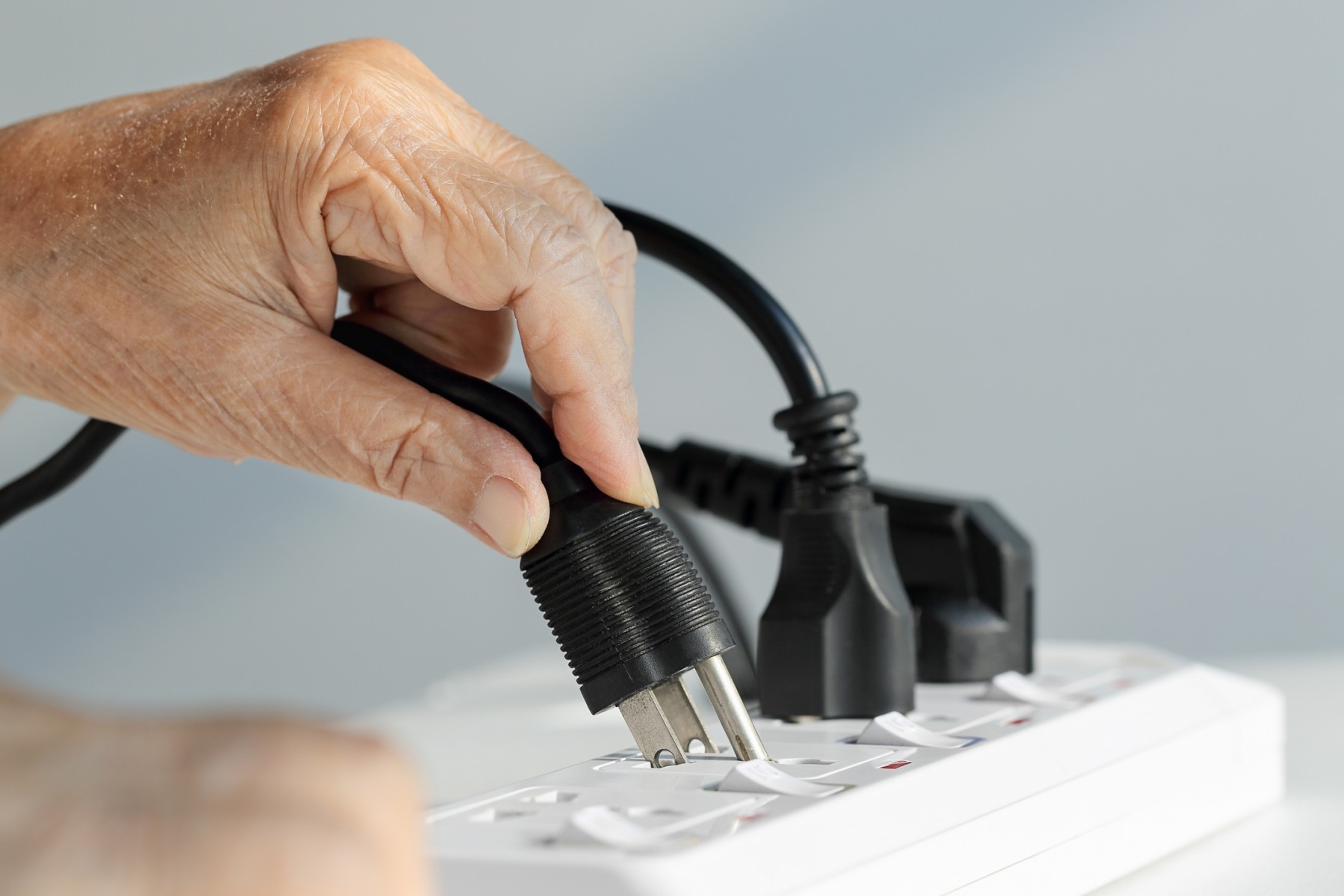


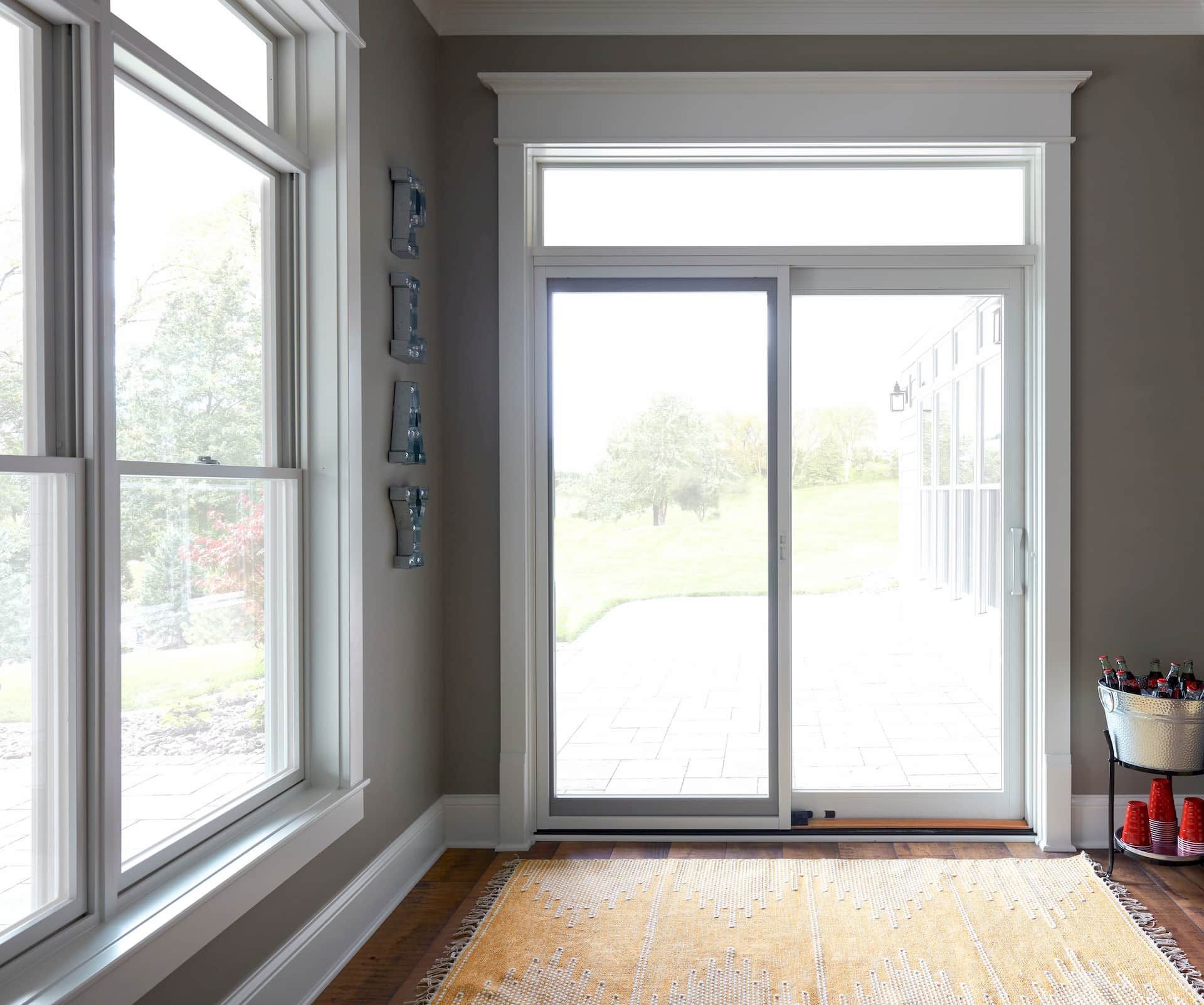

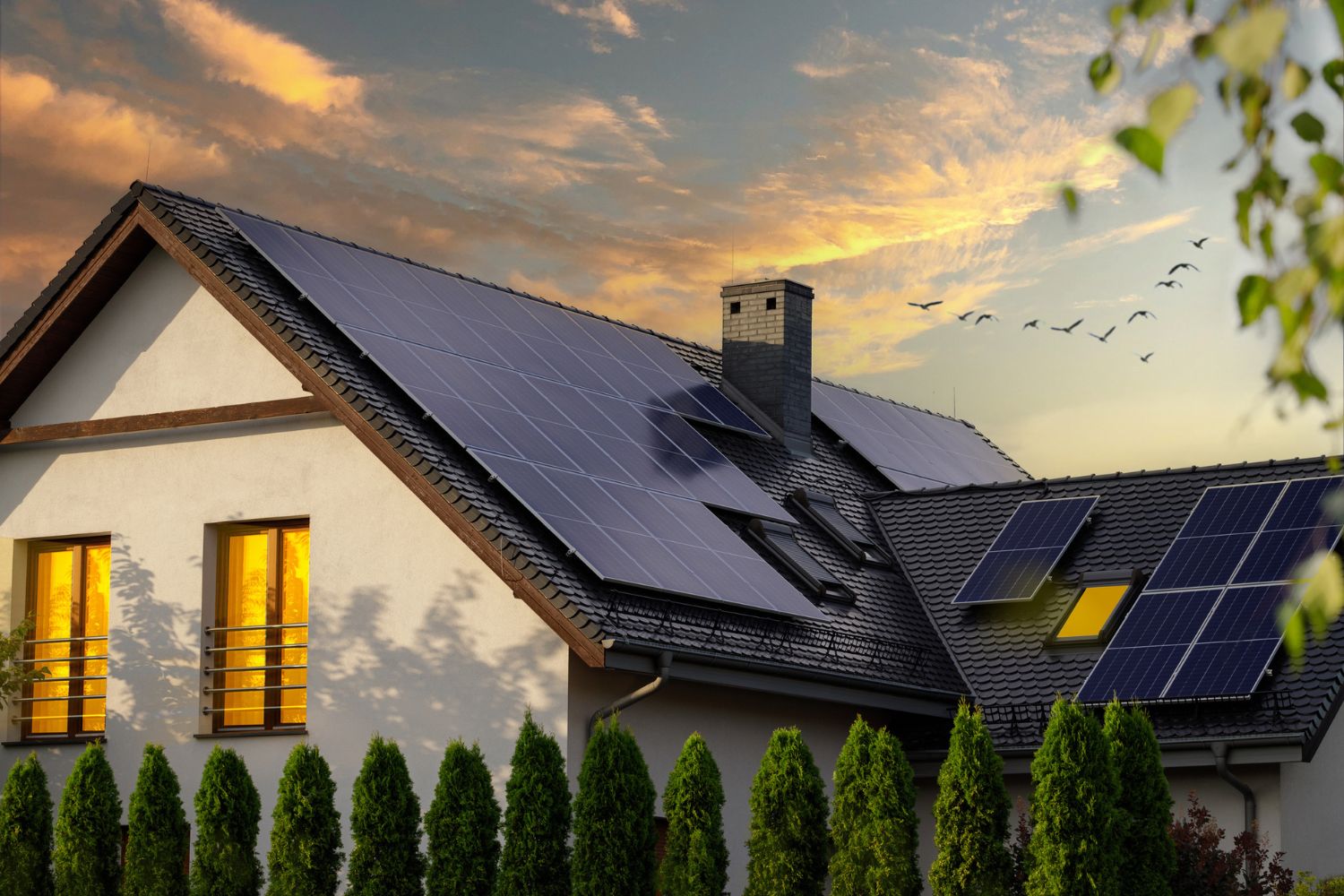
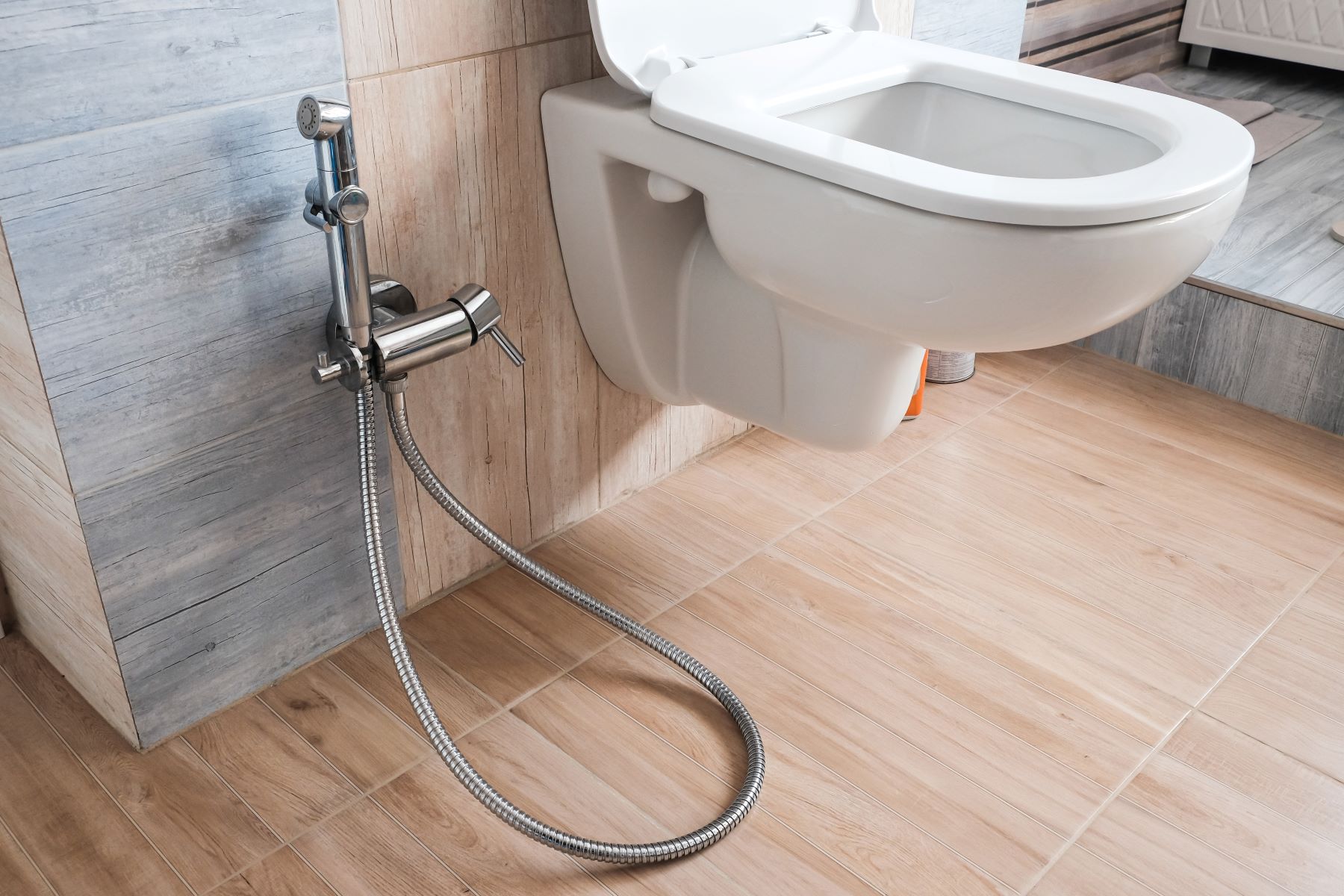
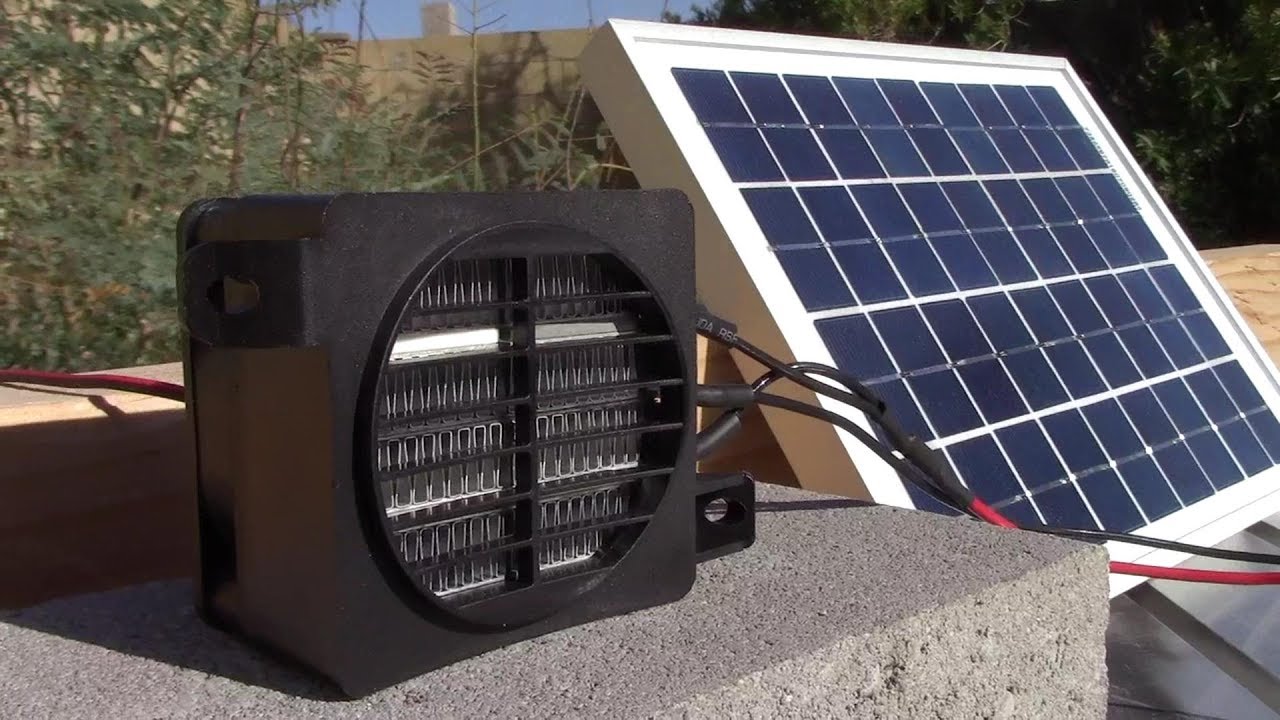
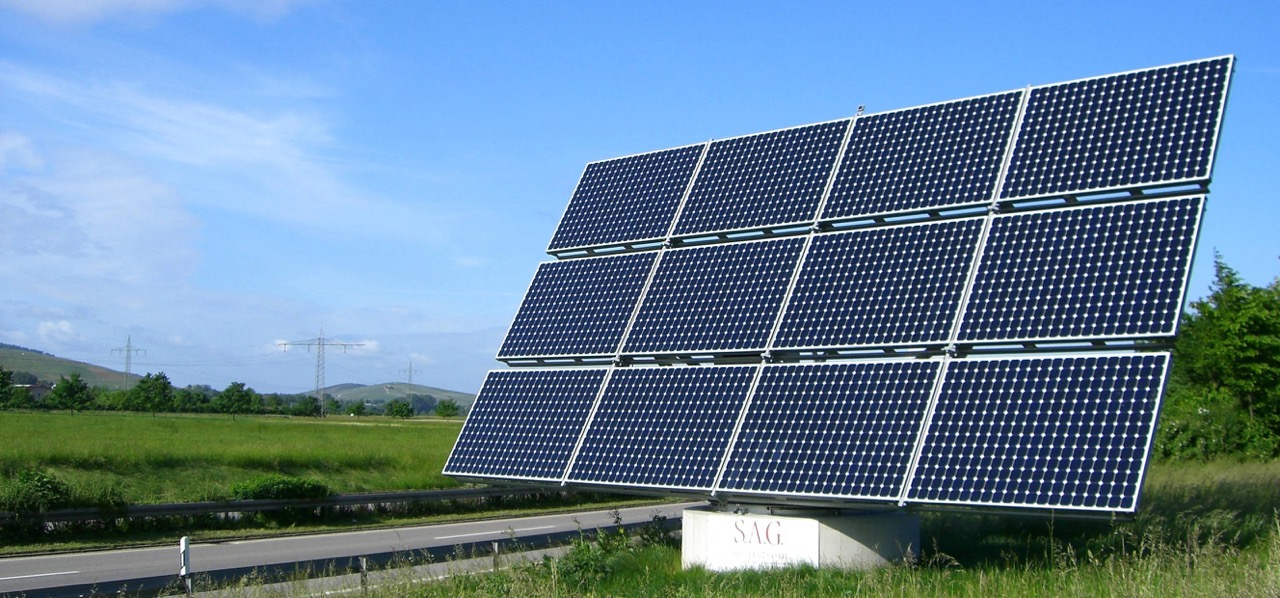


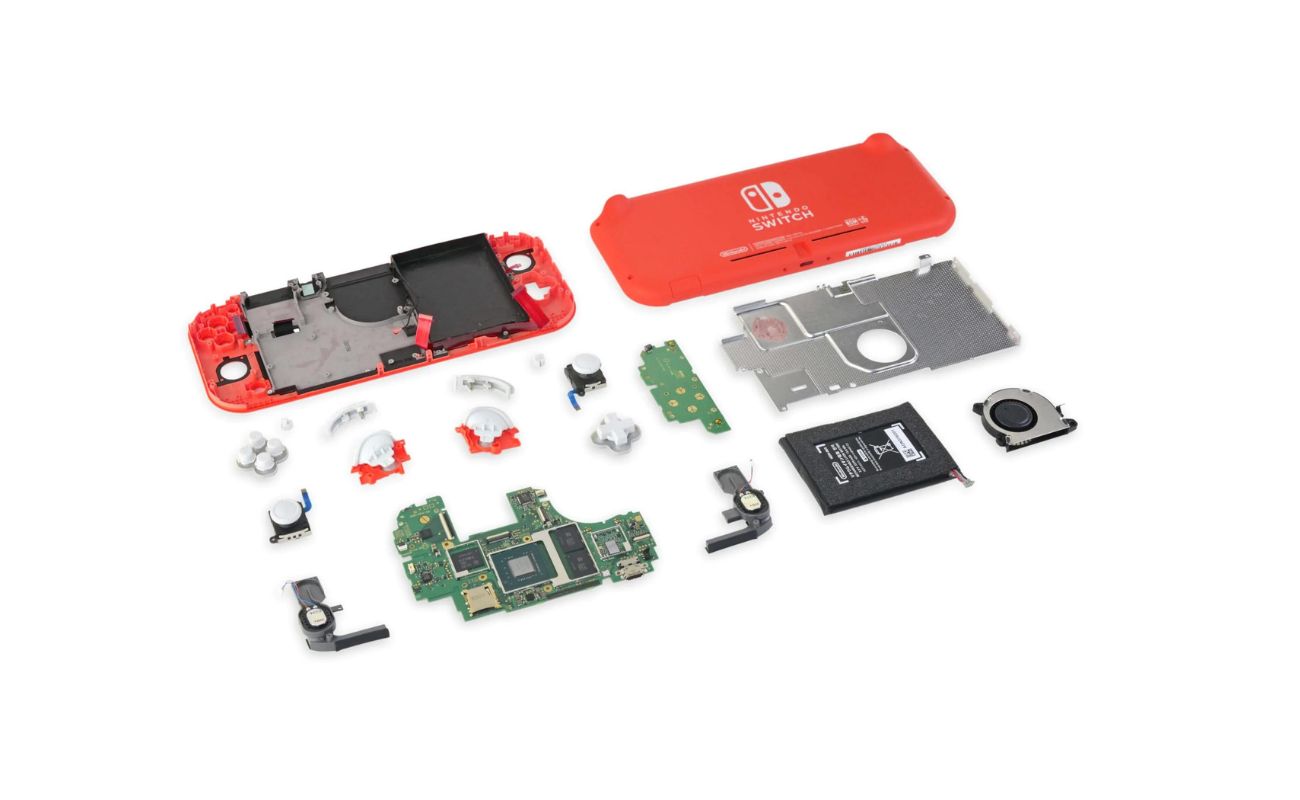
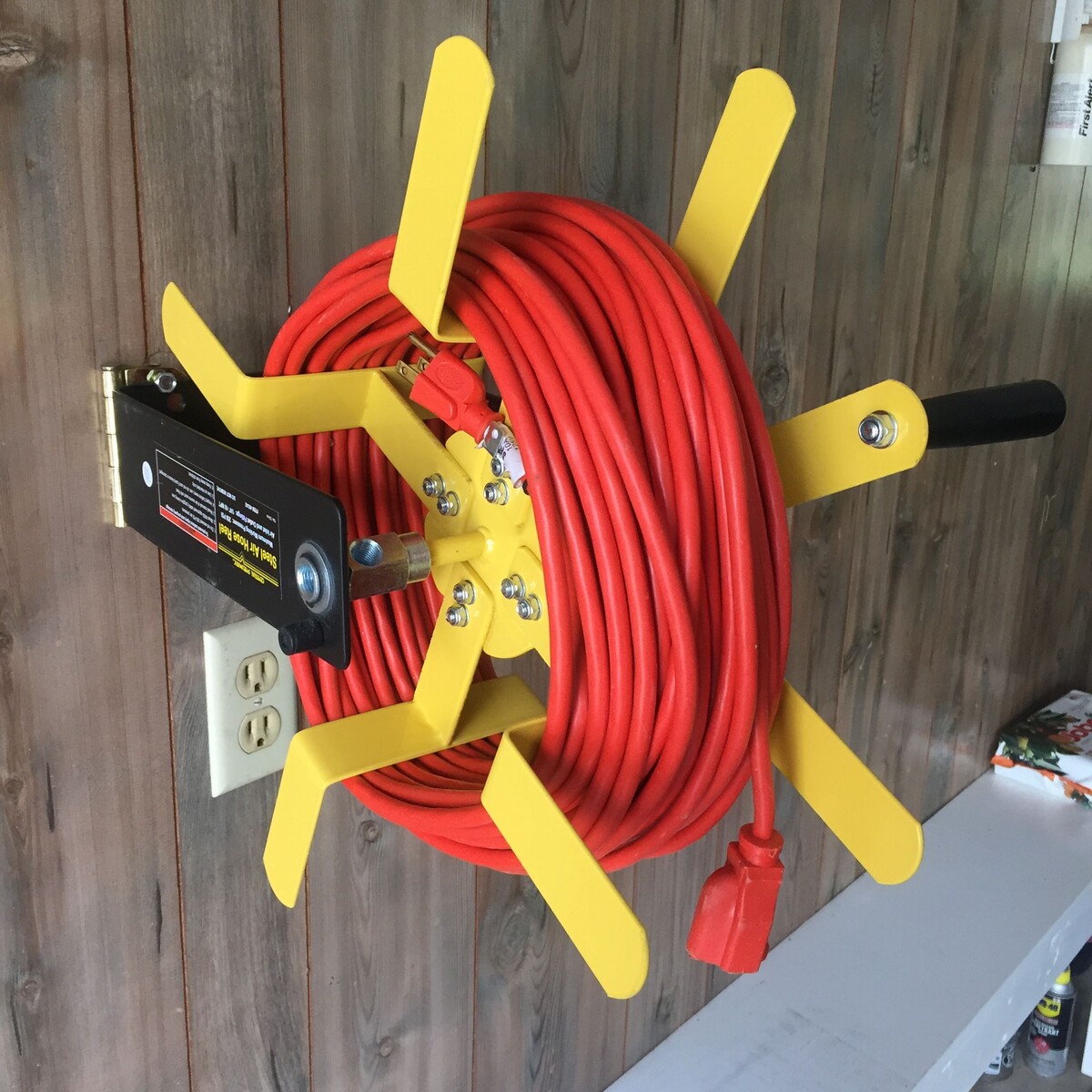

0 thoughts on “How Much You Save By Switching To Solar And Wind Power”